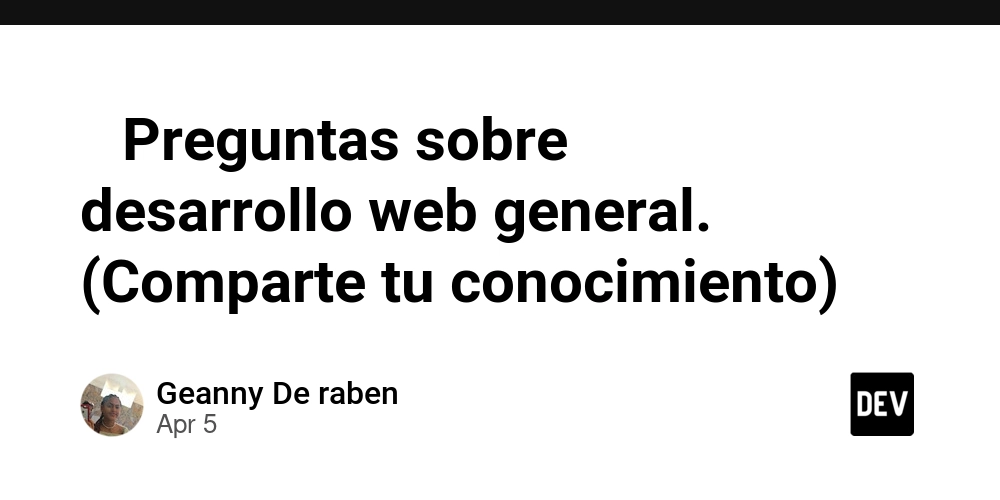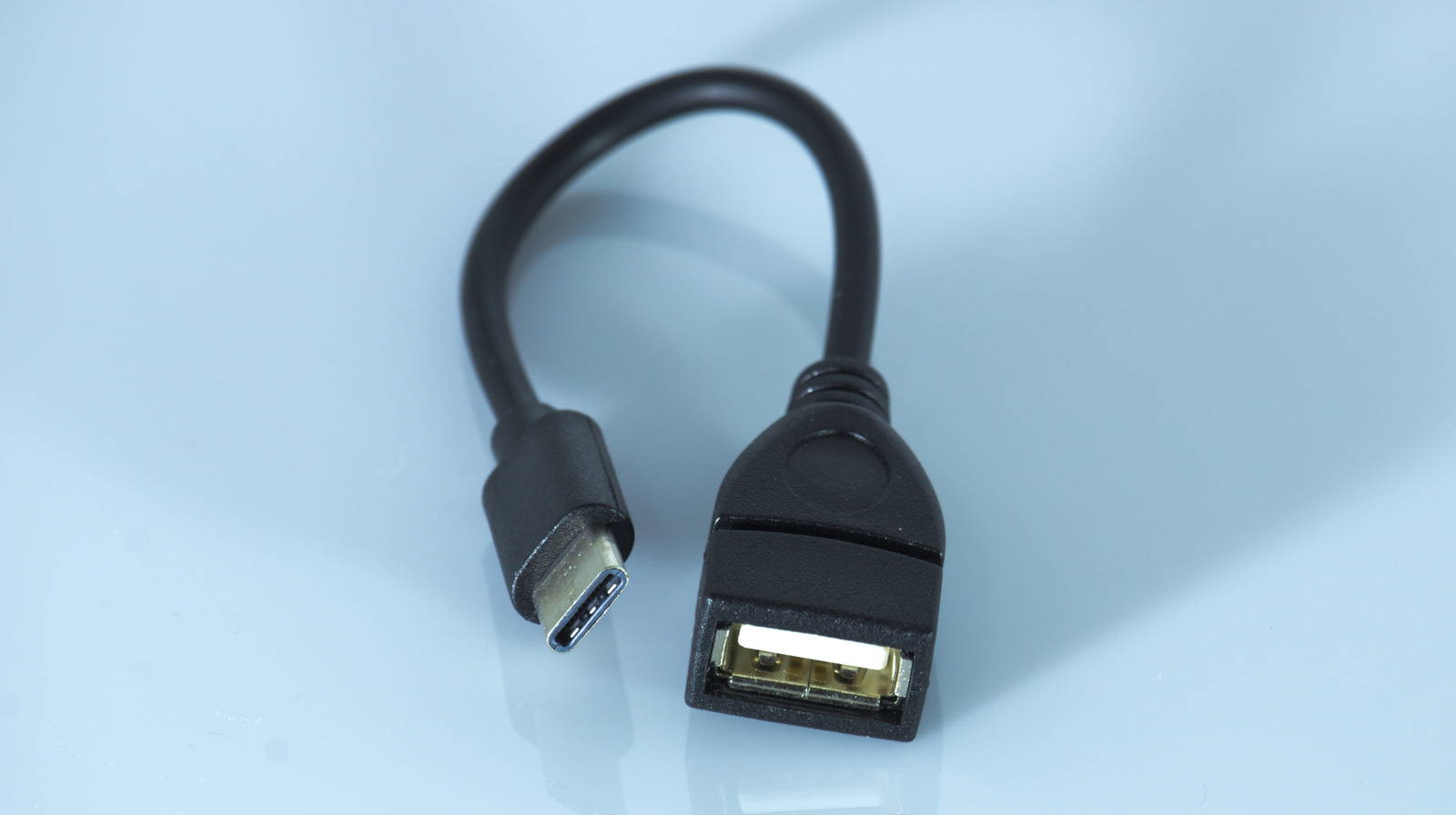Securing Satellite Communications by Encrypting Videos on Satellite Payloads
The security of video data transmitted through satellite communications has become increasingly vulnerable to information leakage, theft, and data distortion with the rapid proliferation of low-Earth orbit (LEO) satellite constellations. These security risks not only endanger device functionality and user privacy but may also pose potential risks to national security, making efficient encryption technology a […] The post Securing Satellite Communications by Encrypting Videos on Satellite Payloads appeared first on Cyber Security News.

The security of video data transmitted through satellite communications has become increasingly vulnerable to information leakage, theft, and data distortion with the rapid proliferation of low-Earth orbit (LEO) satellite constellations.
These security risks not only endanger device functionality and user privacy but may also pose potential risks to national security, making efficient encryption technology a core requirement for ensuring data security in satellite communications.
Traditional encryption methods like DES, AES, and RSA face significant challenges when deployed on satellite payloads, primarily due to their computational complexity and high resource demands.
The unique constraints of satellite environments—limited computing resources, harsh operating conditions, and difficult heat dissipation in vacuum—require specialized solutions optimized for these conditions.
Researchers (Hanshuo Qiu, Jing Lian, Xiaoyuan Wang, and Jizhao Liu) have developed a breakthrough solution using novel 1D chaotic maps for real-time video encryption on satellite payloads.
.webp)
Their groundbreaking work represents the first successful deployment of a real-time video encryption algorithm on an actual satellite, demonstrating exceptional performance under complex space conditions.
The encryption technique addresses three critical challenges: achieving real-time performance, operating with constrained computing resources, and maintaining controlled power consumption to prevent overheating in the vacuum environment.
By employing a lightweight approach based on chaotic systems, the researchers have created a method that can encrypt high-definition videos while consuming minimal resources.
Technical Implementation
The encryption scheme utilizes two 1D chaotic maps that generate pseudo-random sequences for XOR operations with video frames.
The algorithm’s efficiency comes from its simplified process:-
Algorithm 2 Encryption Algorithm
Input: Original Video (video)
Output: Encrypted File (outFile)
m ← GET(video, FRAME_HEIGHT)
n ← GET(video, FRAME_WIDTH)
t ← getCurrentTimestamp()
c1 ← GENERATE_CHAOS_SEQUENCE1(m, n, t)
c2 ← GENERATE_CHAOS_SEQUENCE2(m, n, t)
c ← BITWISE_XOR(c1, c2)
En_Mat ← EXPANDTORGB(c)
framerate ← GET(video, FPS)
WRITE(outFile, m, n, frameRate, t)
frameDataSize ← m × n
while READ(video, frame) do
En_f ← BITWISE_XOR(En_Mat, frame)
WRITE(outFile, En_f.data, frameDataSize)
end while.webp)
Testing on satellite hardware demonstrated that the algorithm can encrypt videos up to 2K resolution in real-time, exhibiting exceptional security metrics while maintaining low power consumption.
The approach passed rigorous NIST and DIEHARD randomness tests, confirming its resilience against various cryptographic attacks.
Investigate Real-World Malicious Links & Phishing Attacks With Threat Intelligence Lookup - Try for Free
The post Securing Satellite Communications by Encrypting Videos on Satellite Payloads appeared first on Cyber Security News.













































































































































































![[The AI Show Episode 142]: ChatGPT’s New Image Generator, Studio Ghibli Craze and Backlash, Gemini 2.5, OpenAI Academy, 4o Updates, Vibe Marketing & xAI Acquires X](https://www.marketingaiinstitute.com/hubfs/ep%20142%20cover.png)



























































































































![[FREE EBOOKS] The Kubernetes Bible, The Ultimate Linux Shell Scripting Guide & Four More Best Selling Titles](https://www.javacodegeeks.com/wp-content/uploads/2012/12/jcg-logo.jpg)



![From drop-out to software architect with Jason Lengstorf [Podcast #167]](https://cdn.hashnode.com/res/hashnode/image/upload/v1743796461357/f3d19cd7-e6f5-4d7c-8bfc-eb974bc8da68.png?#)





































































































.png?#)





.jpg?#)
































_Christophe_Coat_Alamy.jpg?#)










































































































![Rapidus in Talks With Apple as It Accelerates Toward 2nm Chip Production [Report]](https://www.iclarified.com/images/news/96937/96937/96937-640.jpg)


































































































































.webp?#)


